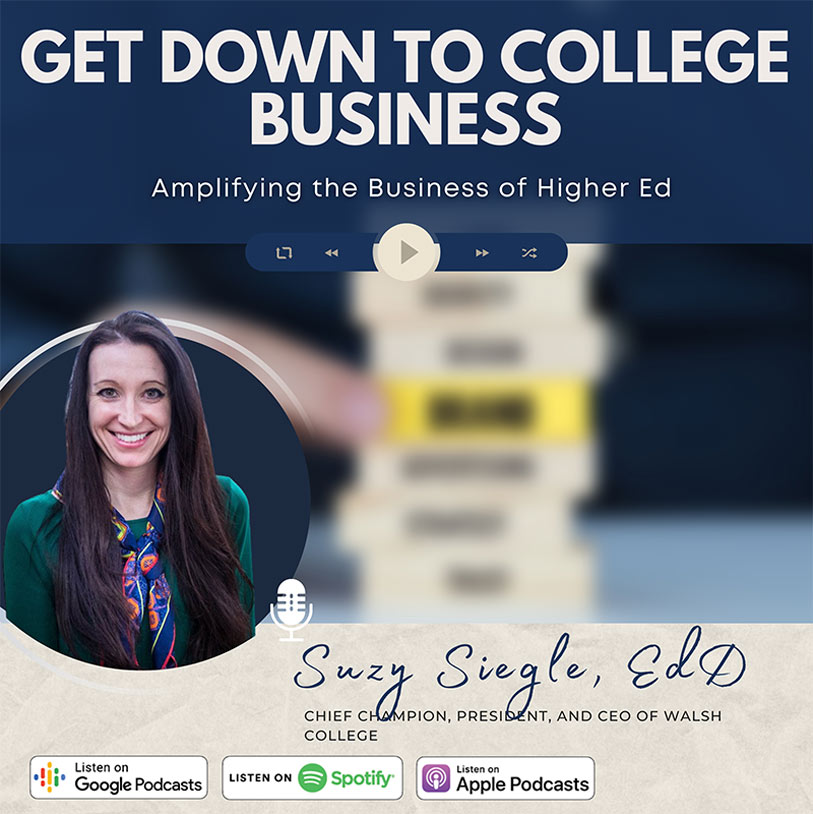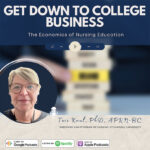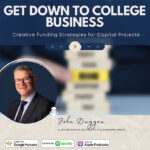Listen to the exclusive preview!
Show Notes
In this episode, Sarah interviews Dr. Suzy Siegle, the Chief Champion, President, and CEO of Walsh College. She also holds an EdD. They discuss strategies that can save the future of higher education. When looking at blending business and academia to run a successful college, Suzy focuses on continuous improvement assessment while also looking for ways to make sure there’s a margin so they can execute their mission driven but margin-minded approach.
They dive into the importance of focusing on breakthroughs, not breakdowns when leading in academia. Suzy explains that it is important to look inside oneself first before leading others and hold space for new ideas. She drew a comparison to Apple, emphasizing the need for setting one’s own scorecard instead of worrying about competition. Suzy also shares her approach to what she focuses on and what she lets go of, which includes avoiding news stories that don’t directly impact business operations as well as entrusting team members with operational processes better handled by them than herself.
Are you part of an academic institution who wants to learn more about staying competitive in the business world? Tune in to discover how open communication and trust can create positive change within the organization, how to build relationships with the local community, and which elements might set your institution apart from others.
Episode Highlights
12:23 – They’re trusting me and entrusting me with this ship. That’s leadership – lead the ship. I’ve got the crew. I’ve got the bridge crew. I’ve got the team throughout the ship that’s doing the critical work. And by the way, the most critical people in the organization are many times not the ones you think. They’re the ones that are operating in the areas that directly connect with our students, with our alumni, with our processes and systems.
20:45 – As a leader, I believe you still should have a good pulse on the organization. There have been times I’ve had to jump in and serve as our interim VP of Advancement or our interim CFO–that was a shorter stint–and you have to have confident working knowledge of the business.
23:34 – Our leadership is all in. I think of our leadership team, our executive leaders, our officers, they believe so much in the business and the value and the mission and vision of Walsh. They believe it to their core. It pulls them forward every day.
30:58 – I try to build the trust and the accessibility to me to say, “Let me explain why we’re doing this, where we’re going, and that we’ll be accountable if we make a mistake or if it doesn’t pan out.”






